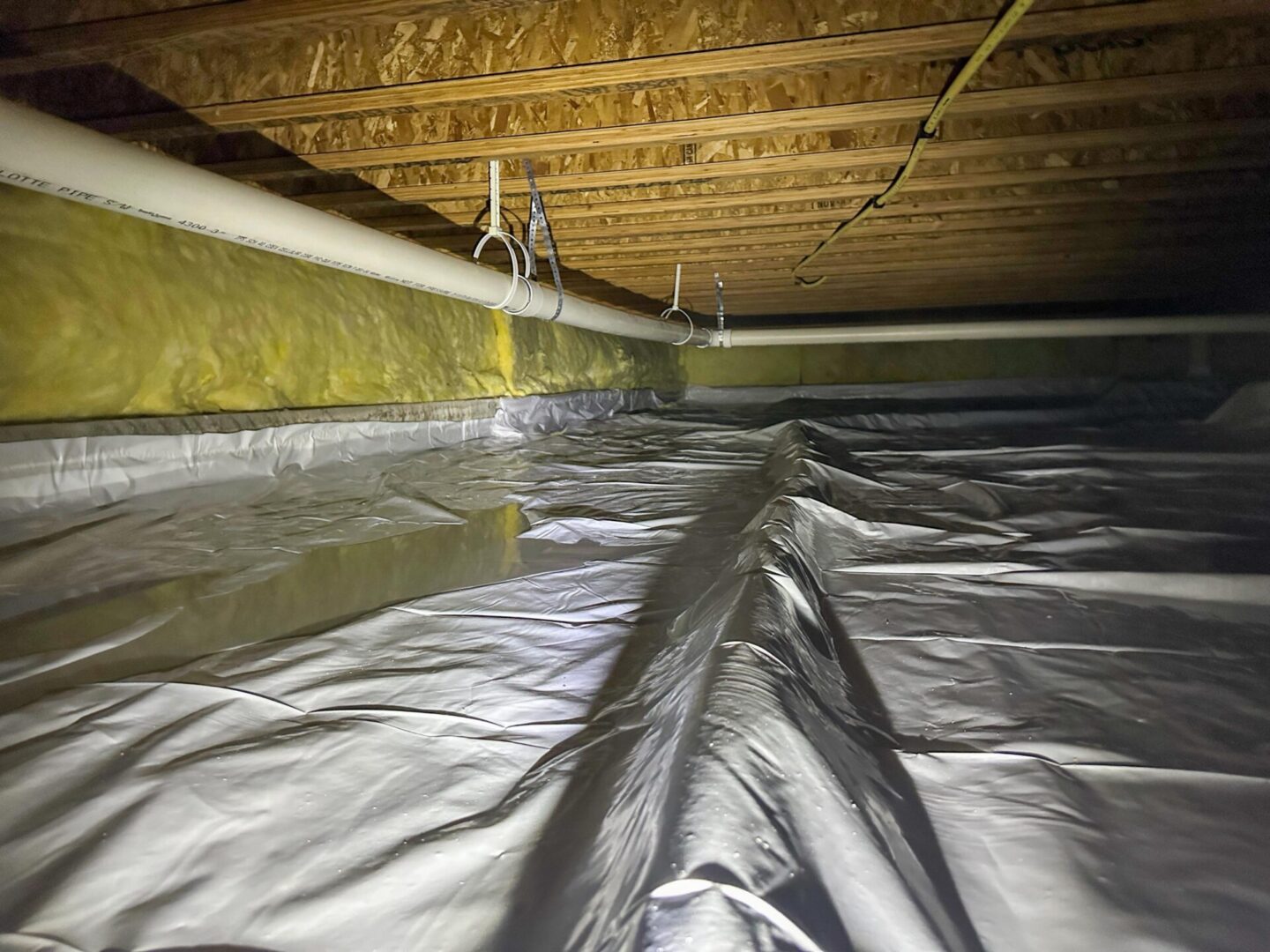
Dry & Secure: Protect Your Basement & Crawl Space
Moisture and damage plague basements and crawl spaces. Prevention is key to safeguarding your home’s foundation and health. Learn how to protect these vital areas.
Inspect for Cracks Regularly
Foundation cracks invite moisture. Check walls and floors. Seal any openings promptly to prevent water intrusion.
Ensure Proper Drainage Outside
Grading away from the foundation is crucial. Divert rainwater with gutters and downspouts to avoid pooling.
Install a Sump Pump System
A sump pump removes groundwater effectively. Essential for basements prone to flooding or high water tables.
Use a Dehumidifier for Moisture Control
Dehumidifiers reduce humidity, preventing mold growth. Maintain optimal moisture levels in these spaces.
Seal Air Leaks and Gaps
Caulk and seal gaps around windows, doors, and pipes. This prevents humid air from entering.
Insulate Pipes to Prevent Condensation
Insulate cold water pipes to avoid condensation. This reduces moisture and potential water damage.
Install a Vapor Barrier
A vapor barrier on crawl space floors and walls blocks ground moisture. Use a durable, heavy-duty material.
Ventilate Crawl Spaces Properly
Adequate ventilation reduces humidity. Install vents or fans to circulate air and prevent moisture buildup.
Maintain Gutters and Downspouts
Clean gutters regularly. Ensure downspouts direct water away from the foundation to prevent water seepage.
Address Foundation Issues Promptly
Repair foundation cracks and settling immediately. This maintains structural integrity and prevents water damage.
Check for Plumbing Leaks
Inspect pipes for leaks regularly. Fix any issues quickly to prevent water damage and mold growth.
Use Waterproofing Sealants
Apply waterproofing sealants to basement walls and floors. This adds an extra layer of moisture protection.
Install French Drains
French drains redirect groundwater away from the foundation. This is effective in areas with high water tables.
Elevate Stored Items
Store items on shelves or pallets. This prevents water damage in case of flooding or leaks.
Monitor Humidity Levels Regularly
Use a hygrometer to track humidity. Maintain levels below 50% to prevent mold and mildew.
Install Window Well Covers
Window well covers prevent water and debris from entering. This protects basement windows from damage.
Check for Signs of Mold and Mildew
Look for musty odors or visible mold. Address any growth immediately to maintain healthy air quality.
Seal Crawl Space Access Points
Ensure crawl space doors and access points are tightly sealed. This prevents moisture and pest intrusion.
Use Proper Landscaping Techniques
Slope the ground away from the foundation. Avoid planting vegetation too close to walls.
Inspect and Clean Foundation Drains
Regularly check and clean foundation drains. This ensures they function correctly during heavy rain.
Use Closed-Cell Foam Insulation
Closed-cell foam insulation resists moisture and provides thermal protection. This is ideal for basements and crawl spaces.
Install a Crawl Space Encapsulation System
Encapsulation seals the crawl space, creating a dry and conditioned environment. This provides comprehensive protection.
Check for Termite Damage
Termites thrive in moist environments. Regular inspections prevent costly structural damage.
Use Gravel or Crushed Stone
Cover exposed soil in crawl spaces with gravel. This reduces moisture evaporation and weed growth.
Install a Backwater Valve
A backwater valve prevents sewage backups into the basement. This protects against plumbing failures.
Use a Sump Pump Backup System
Install a battery backup for your sump pump. This ensures operation during power outages.
Regularly Inspect Air Ducts
Check air ducts for leaks or damage. This prevents moisture and air quality issues.
Use Concrete Sealer
Apply a concrete sealer to basement floors. This prevents moisture from seeping through the concrete.
Install a Crawl Space Drainage System
A drainage system removes standing water. This prevents moisture damage and mold growth.
Ensure Proper Airflow
Maintain consistent airflow in basements and crawl spaces. This helps regulate temperature and humidity.
Address Any Standing Water Immediately
Remove standing water promptly. This prevents mold growth and structural damage.
Use Moisture-Resistant Materials
Choose moisture-resistant materials for flooring and walls. This adds durability and protection.
Schedule Regular Professional Inspections
Professional inspections identify hidden issues. This ensures long-term protection and maintenance.
Protect Your Foundation: Keep It Dry & Secure!
Conclusion:
Preventing moisture and damage in basements and crawl spaces safeguards your home’s integrity. Regular maintenance and proactive measures are essential. Keep these areas dry and secure for a healthy home.
